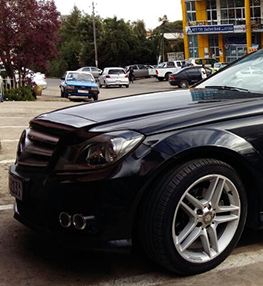info@nateethiopiatours.com
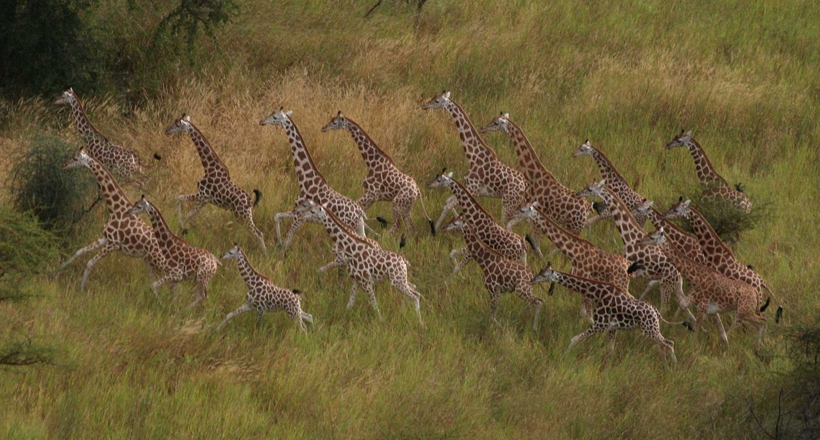
- Gambella National Park
Gambella National Park
Ethiopia’s largest national park extends over 5,060km2 of Gambella Regional State in the low-lying far west. It is bordered to the north by the Baro River, a wide tributary of the Blue Nile navigable all the way to its confluence with the White Nile at Khartoum.
Gambella National Park is at its most alluring between March and June, when Africa’s second-largest antelope migration, an estimated 1.2 million white-tailed kob, crosses into Ethiopia from South Sudan.
The park is also a stronghold for the endangered Nubian giraffe, localised antelope such as Nile lechwe, Lelwel hartebeest and tiang, relict populations of lion, leopard, buffalo and elephant, and the largely terrestrial patas monkey.
A checklist of 327 bird species includes Ethiopia’s only population of the bizarre papyrus-dwelling shoebill stork and Uelle paradise whydah, along with Egyptian plover, African skimmer and the exquisite little green bee-eater. Game viewing is best around Matara, 185km west of the park headquarters in Gambella town.
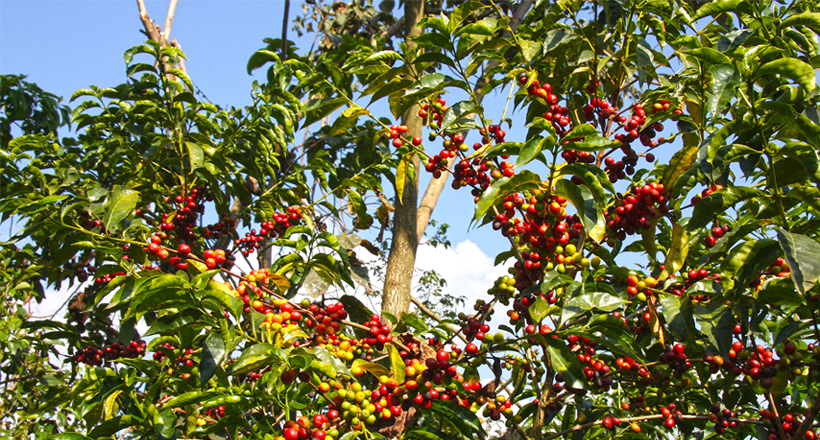
- Coffee Farming
Jimma
The capital of a coffee producing area, Jimma is a large, lively city blessed with excellent tourist facilities and a warm location in the fertile western highlands.
The town is named after the 19th century Islamic kingdom of Jimma, which lay at the meeting point of several trade routes. The last autonomous ruler of Jimma was King Abba Jiffar, whose impressive palace at Jiren, on the outskirts of the modern city, has been restored with partial funding from UNESCO.
Other attractions include the daily central market, the ethnographic displays at the Jimma Museum, a nearby patch of forest inhabited by the spectacular colobus monkey, and out-of-town Lake Boye with its resident hippos.
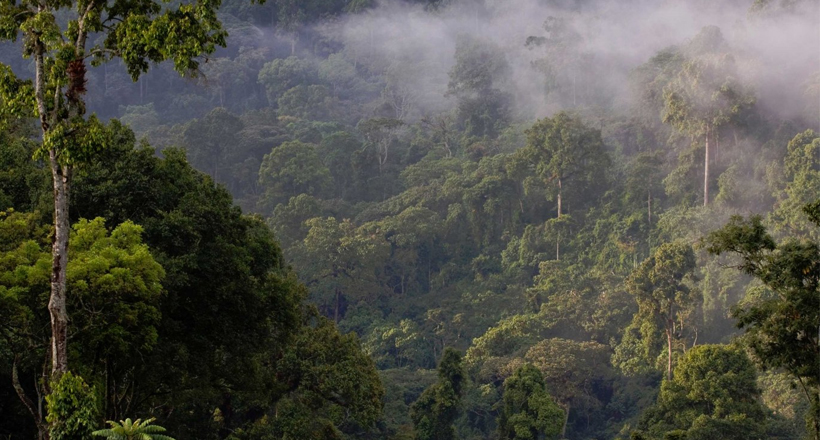
- Kafa Biosphere Reserve
Kafa Biosphere Reserve
The largest and most accessible of three UNESCO-recognised biosphere reserves in Ethiopia’s western highlands, the 7,600km2 Kafa Biosphere Reserve is the sole home of many coffee varieties which still grow wild in the region.
The reserve incorporates large tracts of montane rainforest, an important reserve of sustainable forest products such as forest cardamom, forest pepper and honey.
The biosphere reserve’s main tourist centre is Bonga, a pleasant forest-fringed town which will soon open the Bonga International Coffee Museum, and has as a tourist office offering guided day and overnight walks to a stunning natural rock formation known God’s Bridge, and the Mother Coffee Tree, the world’s oldest living plant of its type.
Wildlife likely to be seen in the region includes the black-and-white colobus monkey, while a wonderful diversity of highland forest and grassland birds includes 11 species endemic to Ethiopia.
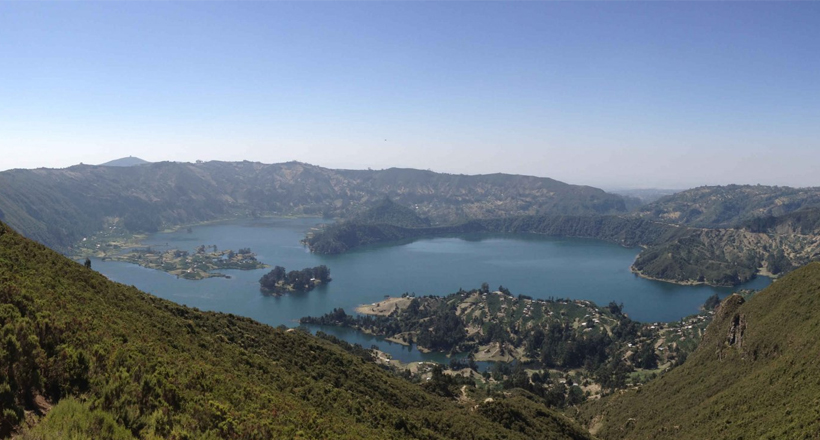
- Kafa Biosphere Reserve
Kafa Biosphere Reserve
An extinct volcano, Mount Wenchi rises to 3,386m and the Afroalpine moorland of its upper slopes, studded with relict patches of natural forest, can be accessed along a 4x4 road connecting the towns of Ambo and Woliso.
The densely cultivated caldera encloses a large and beautiful crater lake and the island Monastery of Wenchi Chirkos, founded in the 13th century by Tekle Haymanot, an Ethiopian saint recognised in foreign churches including in Egypt.
In addition to boating across to the monastery, a local ecotourism association offers a selection of guided day hikes and pony treks ranging from the 4km Fincha Trail to the 16km Bagoba-Abagalalcha Trail, which follows the lakeshore before heading to the Dawala hot springs and waterfall. Only 10km to the east, Lake Dendi is nestled in a pair of near-circular 2km wide craters connected by a gap of only 100m in their shared rim.
